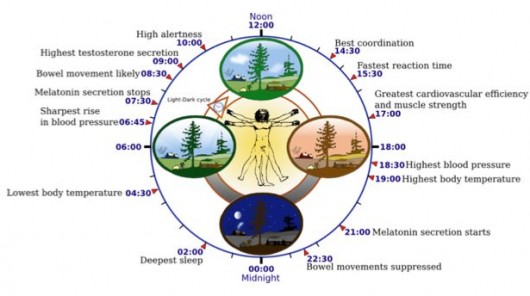
The study from the Institute of Metabolic Science at the University of Cambridge discovered that red blood cells contain this 24-hour rhythm. In the past, scientists assumed this rhythm came from DNA and gene activity but unlike most cells, red blood cells do not contain DNA.
During this study, the Cambridge scientists incubated healthy red blood cells in the dark at body temperature for several days, sampling them at regular intervals. It was discovered that the levels of peroxiredoxins (proteins that are produced in blood), underwent a 24-hour cycle. Virtually all known organisms contain peroxiredoxins.
"The implications of this for health are manifold," said Akhilesh Reddy, lead author of the study. "We already know that disrupted clocks - for example, caused by shift-work and jet-lag - are associated with metabolic disorders such as diabetes, mental health problems and even cancer. By furthering our knowledge of how the 24-hour clock in cells works, we hope that the links to these disorders - and others - will be made clearer. This will, in the longer term, lead to new therapies that we couldn't even have thought about a couple of years ago."
You can read the remainder of this article here.



Reader Comments
to our Newsletter